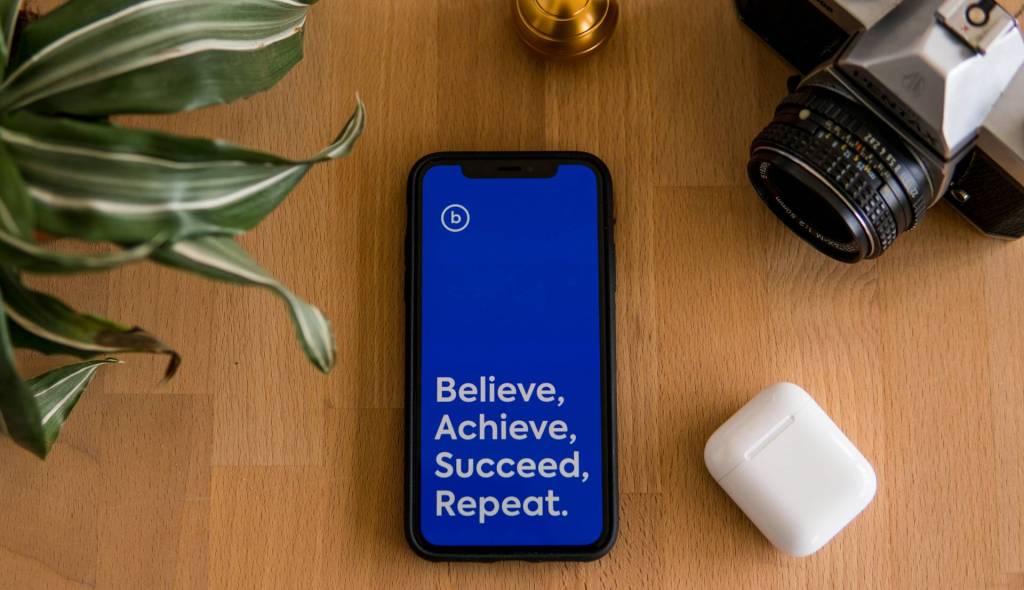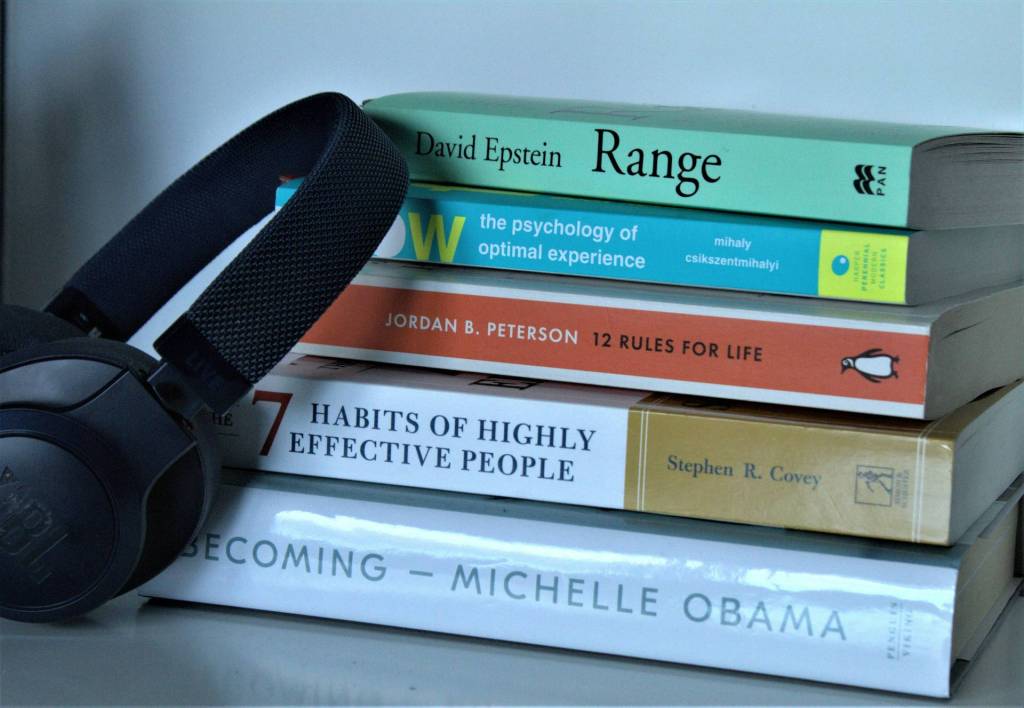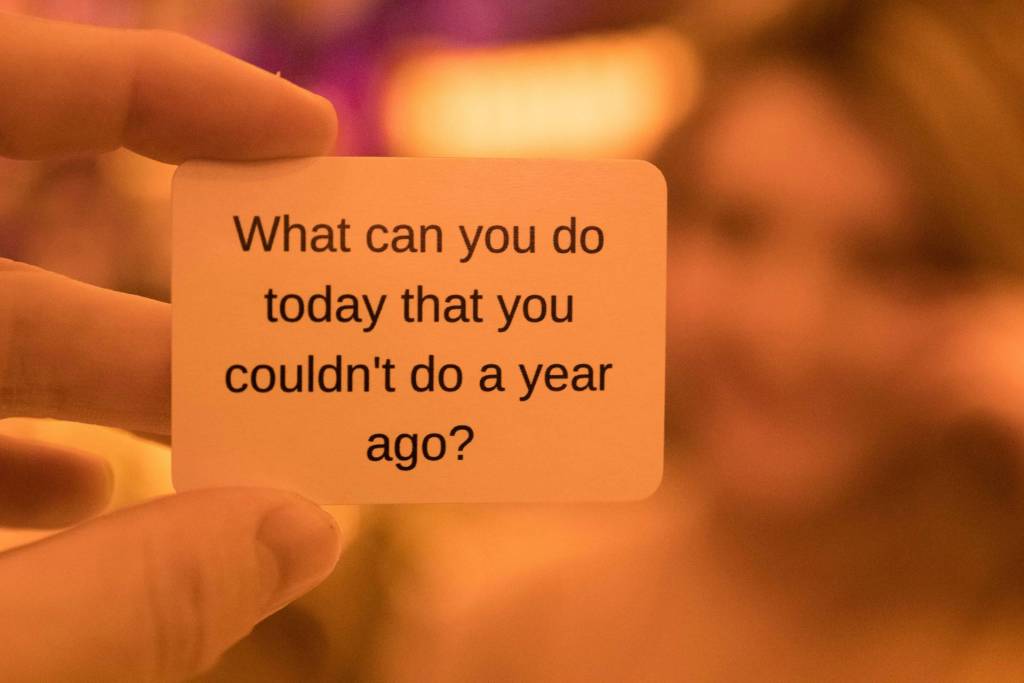 Having reviewed and re-written hundreds of resumes over the last 12 years, it is likely I have seen all of the typical shortcomings of professional resumes. In this series of blog posts, I want to alert you regarding how to identify resume weaknesses and eliminate as many as possible so that this self-marketing tool is as beneficial as possible.
Having reviewed and re-written hundreds of resumes over the last 12 years, it is likely I have seen all of the typical shortcomings of professional resumes. In this series of blog posts, I want to alert you regarding how to identify resume weaknesses and eliminate as many as possible so that this self-marketing tool is as beneficial as possible.
As I mention in Chapter 6 of Fast Track Your Job Search (and Career!),
… do not write your résumé in a manner that is most pleasing to you. It is important that you write your résumé in a manner that will be most pleasing to the people who will be reading your résumé.
A good place to start is to consider what I call the “15 second skim test”. When a resume is submitted for a published job, reviewers can expect to be faced with 200 or more submissions. This drives reviewers to set a fast pace that typically gives each resume 10-15 seconds on their first pass, after which they decide if yours should be trashed or set aside for further analysis. For this reason, it is important that you compose your resume in a manner that maximizes your odds of passing this first phase of review.
Here are some questions that will alert you to information that most reviewers are seeking during their first 20 seconds, thus helping you identify shortcomings and opportunities for improvement. When a recruiter or hiring manager has roughly 20 seconds to review your current resume,
- Does the layout allow them to easily define your work history (job titles and years of experience) in a general sense?
- Does the layout allow them to easily define your key educational accomplishments such as the college degrees you have earned?
- Do the other contents that are most likely to be identified tend to paint a positive picture of you as a person with relevant accomplishments that would indicate your ability to handle the job for which you are being considered?
Some functional tools available for you to upgrade your resume and better convey these three messages are:
- Font – I don’t recommend varying fonts within the body of your resume.
- Font size – Two font sizes, such as Times New Roman 11 point and 12 point, can help emphasize certain items.
- Other such tools available to you include bolding, italics, underlines, indentations and justifications, horizontal tabs, line spacing, and capitalization.
Here are some suggestions for using these tools to upgrade your resume and better succeed when it needs to pass the “15 second skim test”:
- Use bolding, increased font size, capitalization, and underlining as you desire to create sectional headers that aid the reader in jumping from section to section in order to find the information they seek.
- Bold, and consider italicizing, all your job titles and left-justify them so they are easy to find.
- Right-justify your dates of employment for each title with each company.
- If you have more than five years of post-undergraduate professional experience, place your educational credentials after your work experience and bold the degree descriptions such as “M.B.A. (Finance)”.
- Insure that some of your key quantified results are bolded so that they jump out from the other text.
If you will review your resume and use my suggestions to make your resume more reader friendly, you will increase your odds of making it past the first round of screening when you are faced with significant competition.
Future posts will examine additional shortcomings and offer ideas for overcoming them. Stay tuned!












